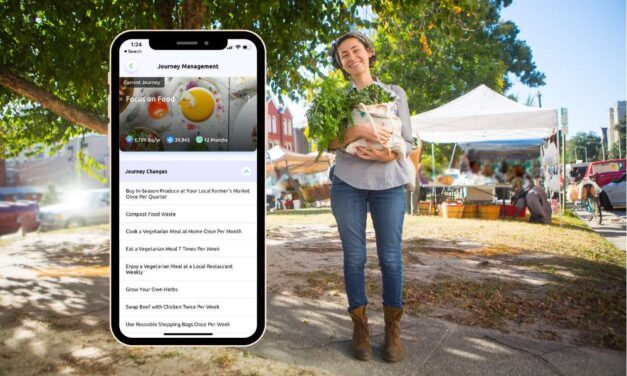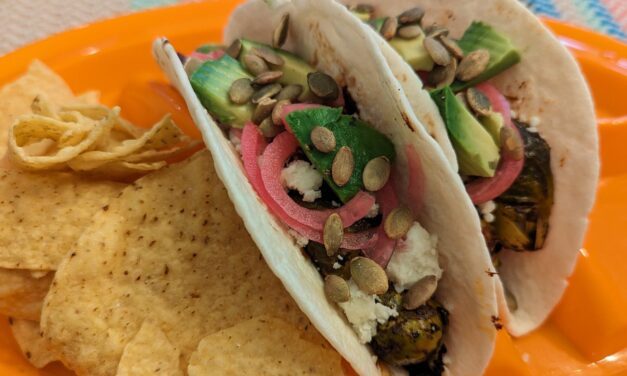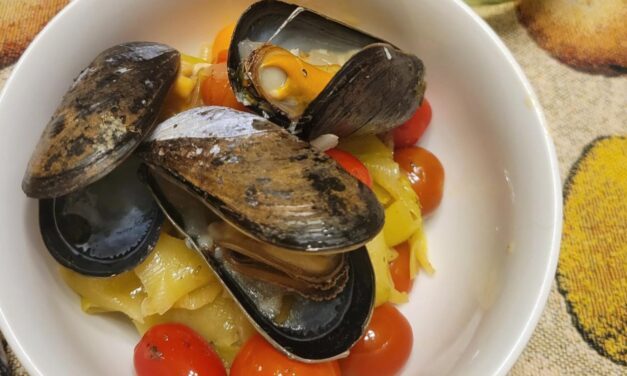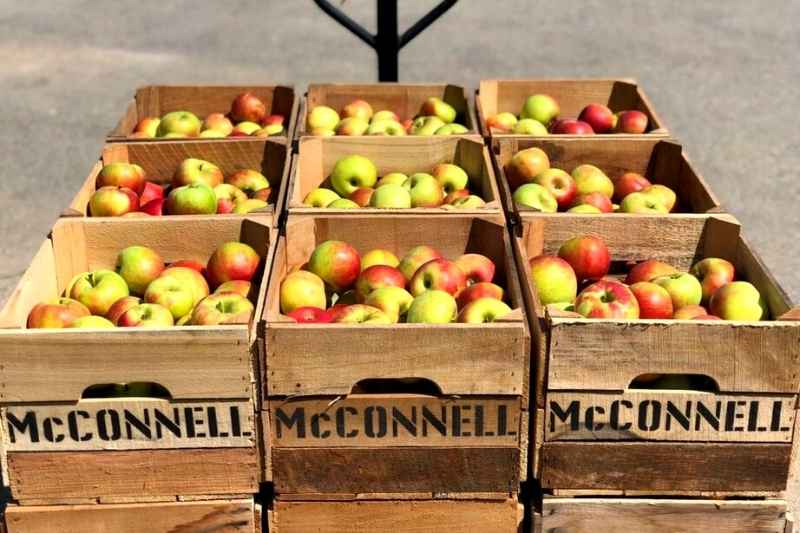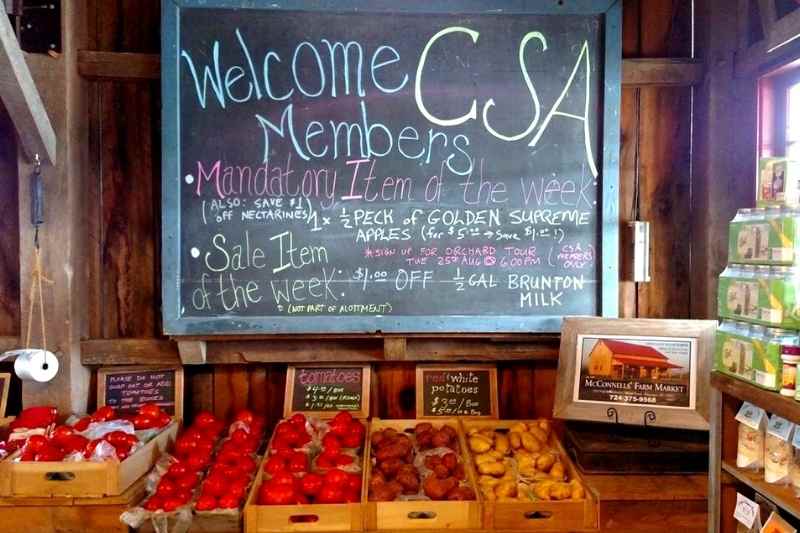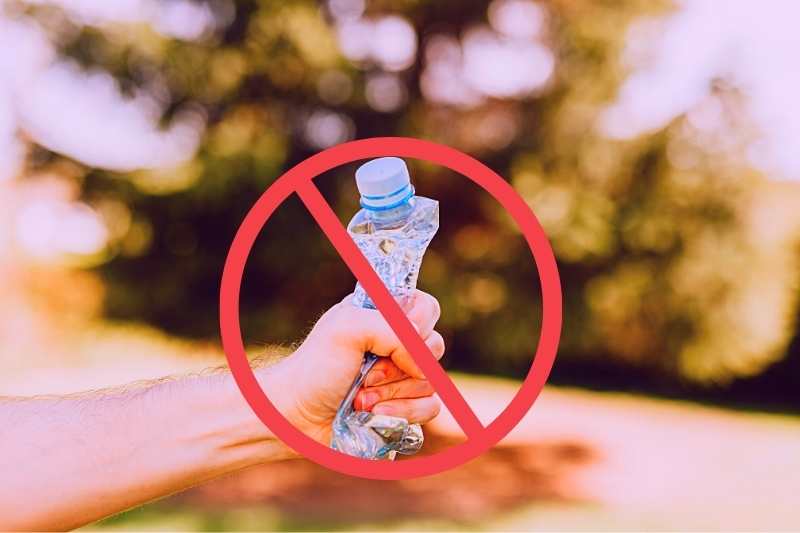Tag: Fresh Produce
Food Focus Journey Spotlight: Track the Impact of What You Eat
The Food Focus Eco-Journey considers the impact of what you eat, food agriculture, and the plastic surrounding our food.
Read MoreCrispy Brussels Sprout Tacos with Pickled Red Onions
These crispy Brussels sprout tacos with pickled red onion, queso fresco and crunchy pepita seeds are a perfect flavor-packed weeknight meal.
Read MoreZucchini Pasta with Mussels
This easy, delicious Zucchini Pasta with Mussels is a great way to enjoy summer-ripe squash and sustainable seafood any night of the week.
Read MorePreserve Fresh Produce to Enjoy in Winter
Preserving fresh produce need not be complicated. Here are three tips and recipes for preserving tomatoes, sweet corn, and green beans.
Read MoreSpotlight on McConnells’ Farm and Market in Southwestern PA
McConnells’ Farm and Market, located in the Aliquippa area, is one of several CSAs in southwestern Pennsylvania. It’s one of our favorites.
Read MoreCommunity Supported Agriculture A Win For Farmers and Families
Community-supported agriculture (CSA) is a growing, mutually-beneficial partnership between local farmers and their community.
Read More

